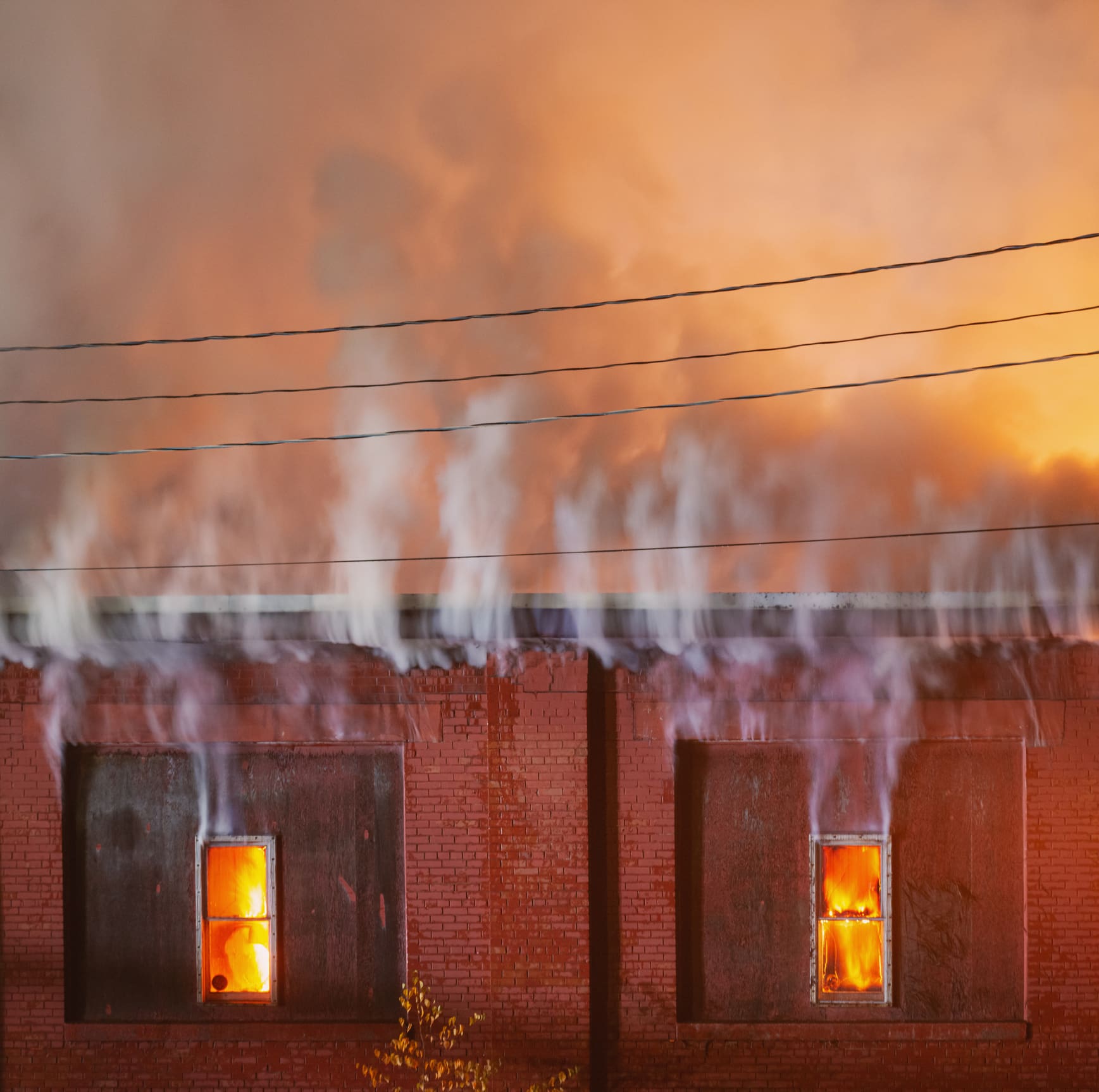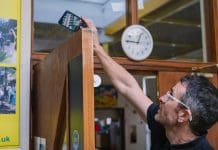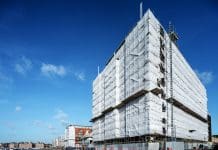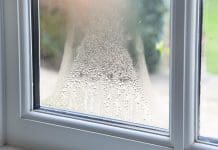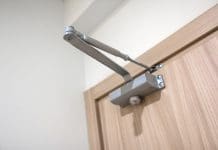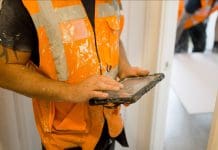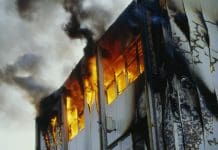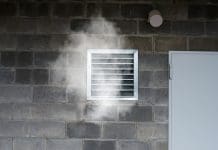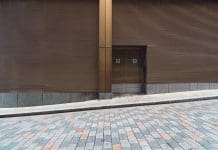CROSS-UK has issued a red safety alert regarding smoke vents being rendered useless in buildings by construction work on existing buildings
The inoperable smoke vents alert especially concerns Automatic Opening Vents (AOV), which are designed into a building as part of a fire safety system.
AOVs open in the event of a fire to release smoke from a building. If prevented from operating, they can pose an even further danger to anyone trapped within, or emergency services entering the building.
AOVs can look identical to windows
With their appearance, automatic opening vents can often be mistaken as a window and be obstructed inadvertently.
CROSS-UK have been made aware of many such cases through their confidential reporting system, such as when façade materials are being replaced.
Some construction activities that can render automatic opening vents inoperable include scaffolding, temporary masking, storage of materials, and cladding adjustments.
Inoperable smoke vents are a severe safety risk
The red safety alert is the highest rating that CROSS-UK issues, and is particularly applicable to buildings going through removal work of cladding, such as the cladding that led to the Grenfell disaster.
The report reads: “Persons responsible for fire safety should ensure that the fire risk assessment is reviewed to reflect changes to risk created by building work. During building work there is an increased likelihood of fire, particularly if combustible materials are exposed. Elements of a building’s fire safety system may not be recognised as critical by other trades or professions. Where such safety systems will be impacted by building work, a thorough review of the fire risk assessment and fire strategy must be undertaken, focussing on the current evacuation strategy. For instance, a stay-put approach may need to be reviewed.
“Contractors should always be aware of the potential for their activity to impact fire safety, both by increasing the likelihood of a fire through the introduction of combustible materials or hot work, and by interfering with the operation of fire safety provisions such as doors, detectors and AOVs. An AOV might easily be rendered inoperable by a scaffold pole, temporary masking, the storage of materials, or adjustments to cladding.”


